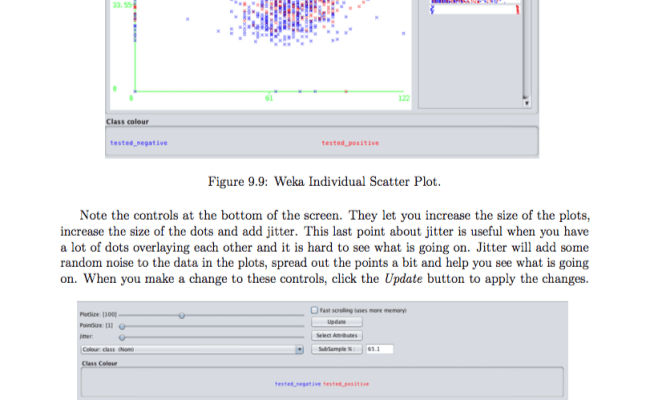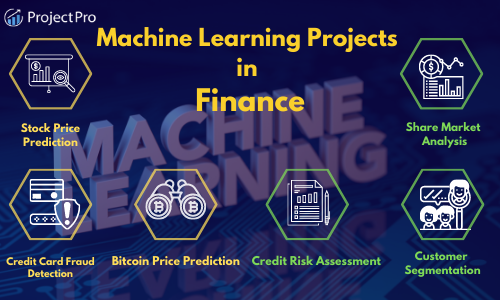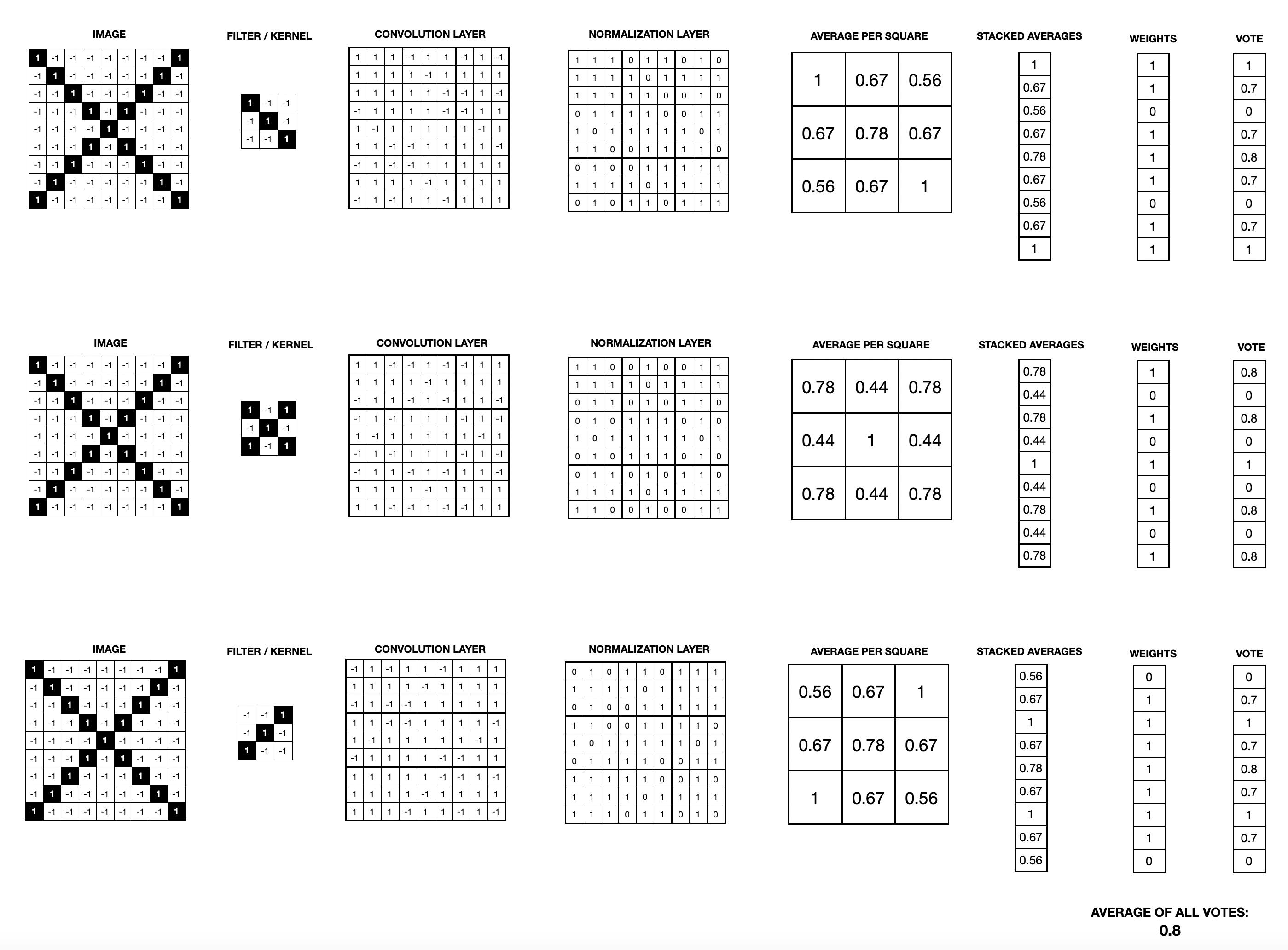
Deep learning for regression is something you've likely heard of. Deep learning for regression can be a powerful new technology. It can predict the weather and even find out what your children eat for breakfast. How does this apply to regression? Let's now look at the key principles of deep learning for regression. It is important to note that deep learning can be used in many different ways. There are two types of deep learning: lasso or ridge regression.
Less-squares regression
There are two types, mathematically simple and complex. The former places many restrictions on the input data while the latter puts few restrictions. Although the former can be learned from a small set of training data, it is much more difficult to use the information and spot errors. It is best to use simpler procedures whenever possible. Here are some least-squares procedures.
The Residual Sum Of Squares, also known as Ordinary least-squares, is another name for it. It is a type of optimization algorithm where an initial cost function is used in order to increase or decrease the parameters, until a minimum value is reached. This method assumes normal sampling error distributions. However, it can still work if the distribution of samples is not normal. This is a common limitation for least-squares.

Logistic regression
Logistic regression is a statistical method used in data science and predictive analytics to predict the likelihood of a certain outcome based on the input data. Like other supervised machine learning models, logistic regression is useful for predicting trends by classifying inputs into a binary or multinomial category. For example, a binary logistic model can predict if a person is at greater risk for developing breast cancer than someone who is low-risk.
This technique is used to predict whether a person will pass a test or fail it based on the score. An example: A student who studies only for an hour per day may score 500 more points than a student who works three hours per days. If the student studies for three hours per days, then the chance of passing the test is zero. Logistic regression is however not as accurate.
Support vector machines
SVMs (support vector machines) are widely used for statistical machine-learning. These algorithms are based on a kernel-based methodology. These algorithms are extremely flexible, versatile and adaptable. This is important for some types of applications. This article will discuss the advantages of using SVMs for regression. These models have many key features. We'll be discussing them here. Let's start by looking at some of the most popular examples to understand how they work.
Support vector machines are highly effective on datasets with many features. These models have a smaller number of training points than other types. They are memory-efficient because they can make use of multiple kernel functions. A decision function can be either common or customized. It is important to avoid over-fitting when selecting the kernel function. SVMs require extensive training and can only be used with small samples.

KNN
KNN is sometimes referred to as instance-based or lazy learning. This type of algorithm requires no prior knowledge of the problem's form, and makes no assumptions about the features of the data. It is therefore suitable for both classification and regression. KNN is versatile and can be used to many real-world datasets. However, it can be slow and inefficient when used in rapid prediction environments.
KNN makes use of a variety of neighboring examples that combine data to predict a numerical result. You can use it to assess the quality of a film, for instance, by combining the value of k different examples. The K value is usually averaged from the neighbors. However, the algorithm can also use weighted median or average. Once trained, the KNN algorithm may be used to predict from thousands upon thousands of images.
FAQ
What is the current status of the AI industry
The AI industry is expanding at an incredible rate. By 2020, there will be more than 50 billion connected devices to the internet. This means that everyone will be able to use AI technology on their phones, tablets, or laptops.
This means that businesses must adapt to the changing market in order stay competitive. They risk losing customers to businesses that adapt.
The question for you is, what kind of business model would you use to take advantage of these opportunities? Could you set up a platform for people to upload their data, and share it with other users. Perhaps you could also offer services such a voice recognition or image recognition.
Whatever you decide to do in life, you should think carefully about how it could affect your competitive position. It's not possible to always win but you can win if the cards are right and you continue innovating.
Are there any risks associated with AI?
You can be sure. There always will be. AI could pose a serious threat to society in general, according experts. Others believe that AI is beneficial and necessary for improving the quality of life.
AI's misuse potential is the greatest concern. It could have dangerous consequences if AI becomes too powerful. This includes autonomous weapons, robot overlords, and other AI-powered devices.
AI could also replace jobs. Many fear that robots could replace the workforce. But others think that artificial intelligence could free up workers to focus on other aspects of their job.
For instance, economists have predicted that automation could increase productivity as well as reduce unemployment.
How does AI work
An artificial neural network consists of many simple processors named neurons. Each neuron processes inputs from others neurons using mathematical operations.
Neurons are arranged in layers. Each layer has its own function. The first layer gets raw data such as images, sounds, etc. These are then passed on to the next layer which further processes them. Finally, the output is produced by the final layer.
Each neuron also has a weighting number. This value is multiplied when new input arrives and added to all other values. If the result is greater than zero, then the neuron fires. It sends a signal to the next neuron telling them what to do.
This is repeated until the network ends. The final results will be obtained.
Is Alexa an Ai?
Yes. But not quite yet.
Amazon's Alexa voice service is cloud-based. It allows users to interact with devices using their voice.
The Echo smart speaker first introduced Alexa's technology. Other companies have since used similar technologies to create their own versions.
These include Google Home and Microsoft's Cortana.
Who is the leader in AI today?
Artificial Intelligence (AI), a subfield of computer science, focuses on the creation of intelligent machines that can perform tasks normally required by human intelligence. This includes speech recognition, translation, visual perceptual perception, reasoning, planning and learning.
Today there are many types and varieties of artificial intelligence technologies.
There has been much debate over whether AI can understand human thoughts. However, recent advancements in deep learning have made it possible to create programs that can perform specific tasks very well.
Google's DeepMind unit has become one of the most important developers of AI software. Demis Hashibis, the former head at University College London's neuroscience department, established it in 2010. DeepMind, an organization that aims to match professional Go players, created AlphaGo.
What are some examples AI apps?
AI is used in many fields, including finance and healthcare, manufacturing, transport, energy, education, law enforcement, defense, and government. Here are just a few examples:
-
Finance – AI is already helping banks detect fraud. AI can detect suspicious activity in millions of transactions each day by scanning them.
-
Healthcare – AI is used in healthcare to detect cancerous cells and recommend treatment options.
-
Manufacturing - AI is used to increase efficiency in factories and reduce costs.
-
Transportation - Self-driving cars have been tested successfully in California. They are now being trialed across the world.
-
Utility companies use AI to monitor energy usage patterns.
-
Education - AI is being used in education. Students can communicate with robots through their smartphones, for instance.
-
Government - AI can be used within government to track terrorists, criminals, or missing people.
-
Law Enforcement - AI is used in police investigations. Investigators have the ability to search thousands of hours of CCTV footage in databases.
-
Defense – AI can be used both offensively as well as defensively. An AI system can be used to hack into enemy systems. For defense purposes, AI systems can be used for cyber security to protect military bases.
What is the newest AI invention?
Deep Learning is the latest AI invention. Deep learning is an artificial intelligent technique that uses neural networking (a type if machine learning) to perform tasks like speech recognition, image recognition and translation as well as natural language processing. It was invented by Google in 2012.
Google is the most recent to apply deep learning in creating a computer program that could create its own code. This was accomplished using a neural network named "Google Brain," which was trained with a lot of data from YouTube videos.
This allowed the system's ability to write programs by itself.
IBM announced in 2015 they had created a computer program that could create music. Also, neural networks can be used to create music. These are called "neural network for music" (NN-FM).
Statistics
- More than 70 percent of users claim they book trips on their phones, review travel tips, and research local landmarks and restaurants. (builtin.com)
- In 2019, AI adoption among large companies increased by 47% compared to 2018, according to the latest Artificial IntelligenceIndex report. (marsner.com)
- According to the company's website, more than 800 financial firms use AlphaSense, including some Fortune 500 corporations. (builtin.com)
- While all of it is still what seems like a far way off, the future of this technology presents a Catch-22, able to solve the world's problems and likely to power all the A.I. systems on earth, but also incredibly dangerous in the wrong hands. (forbes.com)
- Additionally, keeping in mind the current crisis, the AI is designed in a manner where it reduces the carbon footprint by 20-40%. (analyticsinsight.net)
External Links
How To
How to configure Siri to Talk While Charging
Siri can do many different things, but Siri cannot speak back. Your iPhone does not have a microphone. Bluetooth is an alternative method that Siri can use to communicate with you.
Here's how you can make Siri talk when charging.
-
Select "Speak When Locked" under "When Using Assistive Touch."
-
To activate Siri, double press the home key twice.
-
Siri will speak to you
-
Say, "Hey Siri."
-
Just say "OK."
-
Speak up and tell me something.
-
Say "I am bored," "Play some songs," "Call a friend," "Remind you about, ""Take pictures," "Set up a timer," and "Check out."
-
Say "Done."
-
Say "Thanks" if you want to thank her.
-
If you have an iPhone X/XS or XS, take off the battery cover.
-
Reinsert the battery.
-
Put the iPhone back together.
-
Connect your iPhone to iTunes
-
Sync the iPhone
-
Allow "Use toggle" to turn the switch on.